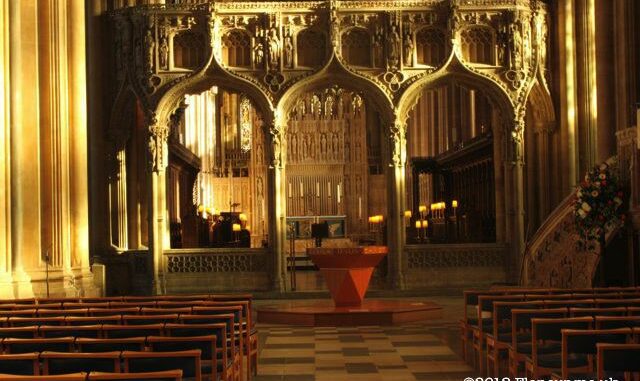
A church has stood on the site of Bristol Cathedral for over a thousand years. The building features a nave, quire and aisle all the same height, giving the appearance of large (albeit very ornate) hall. Bristol is the finest example of a ‘Hall church’ in England and one of the greatest in the world.
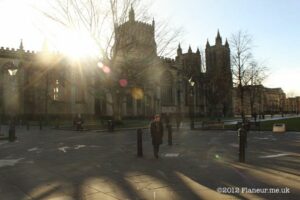
The building was appropriated from the monastery in 1539 and dedicated to the Holy and Undivided Trinity. That the building was used by monks can be seen inside by the stairs which they used to descend from the dormitories for the early morning services.
The Elder Lady Chapel is older than the rest of the building, having been started soon after 1215. It includes delightful carvings, featuring amongst other things a cast of monkeys
The Eastern Lady Chapel was added in 1298 in the more usual East End of the building.
As things you wouldn’t expect to see in a cathedral go, this sculpture on a tomb near the West End must rank quite highly…
***We await an explanation of this unusual ecclesiastical sculpture from anyone who knows anything about it – ed@flaneur.me.uk
***STOP PRESS!!!
The Flaneur has received further information about the above sculpture from Canon Jon Cannon, Canon Tim Harle and the @BristolCathedra team.
“It’s one of a pair of identical buxom ladies decorating the tomb of Lady Joan Young (died 1603), currently right at the west end of the nave. It was originally in an unmissable location next to the high altar, which was positioned against the east wall of the Lady Chapel for much of the period from the 16th to 19th centuries.
Such figures, derived from classical antecedants, are not unusual on ‘vernacular’-quality monuments and buildings at this date, though I’ve not come across any quite as striking as this. The mouths are so odd that I wonder whether an original plan to have the figures blowing trumpets was abandoned in favour of holding hour glasses (reminders of the passage of time, death will come to us all, etc.). But I suspect most viewers are too distracted to think about that.
Lady Joan was twice married, and the widow of Sir John Young. They built the Great House, of which the Red Lodge on Park Row remains, and entertained Elizabeth I during her visit to Bristol. She must have been a redoubtable lady: the tomb’s inscription says it is to both her and her husband, but only she is represented and only she is given a death date.”
Many thanks!

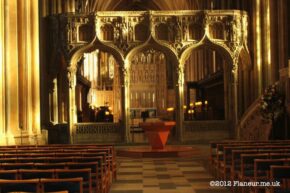
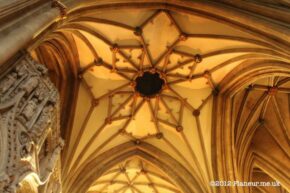
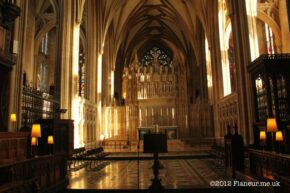
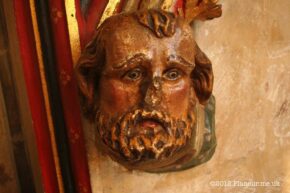
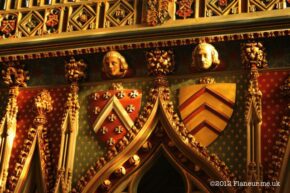
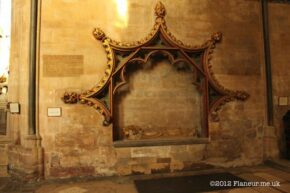
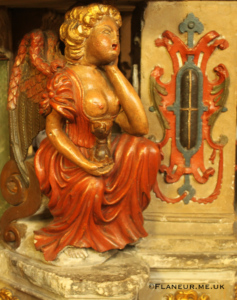
Leave a Reply